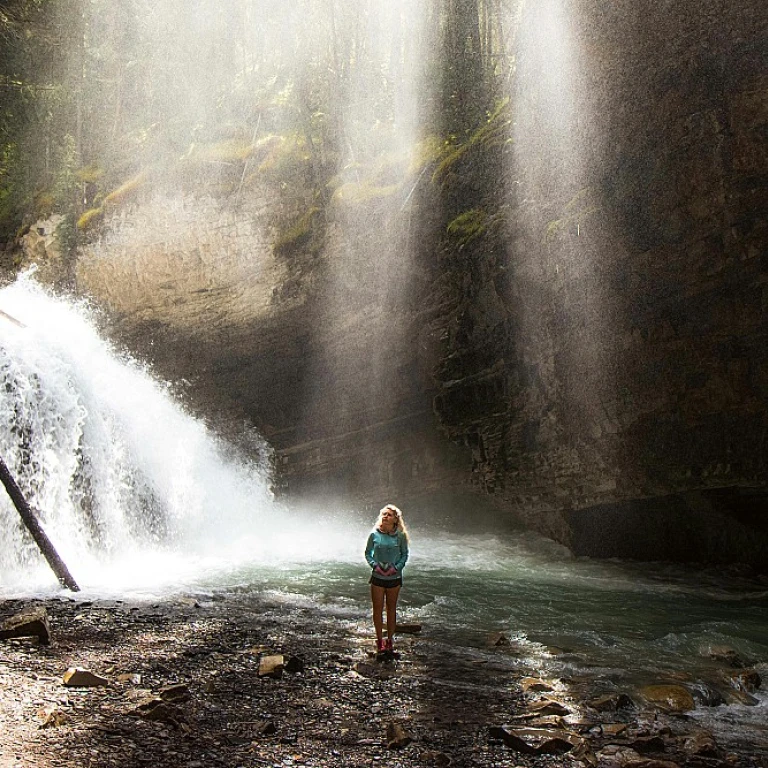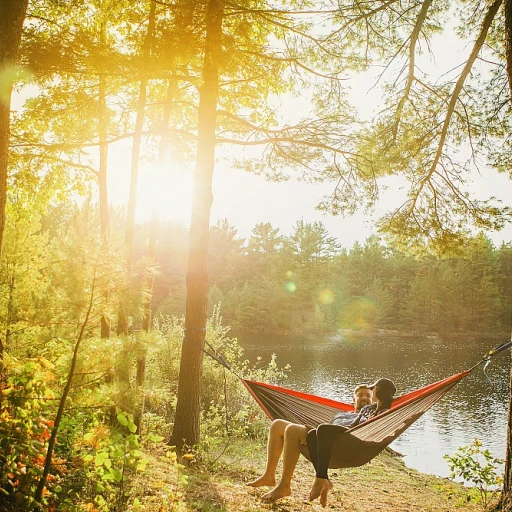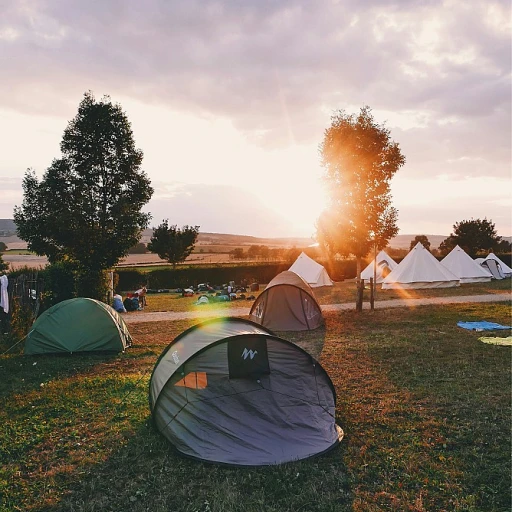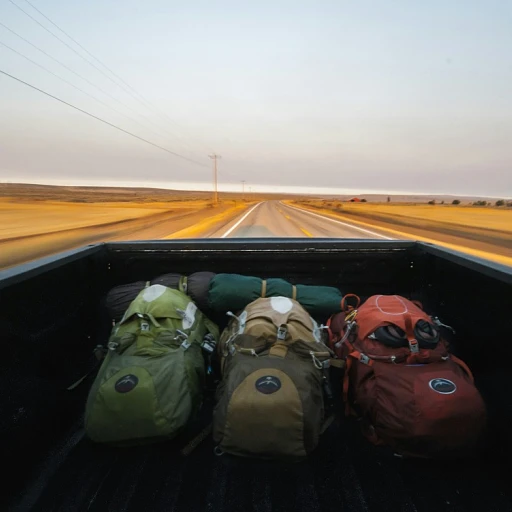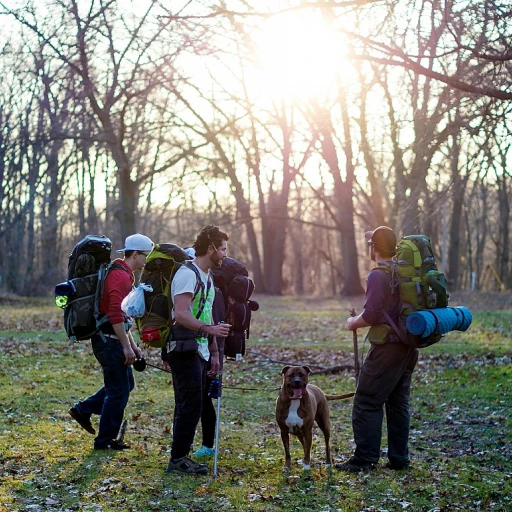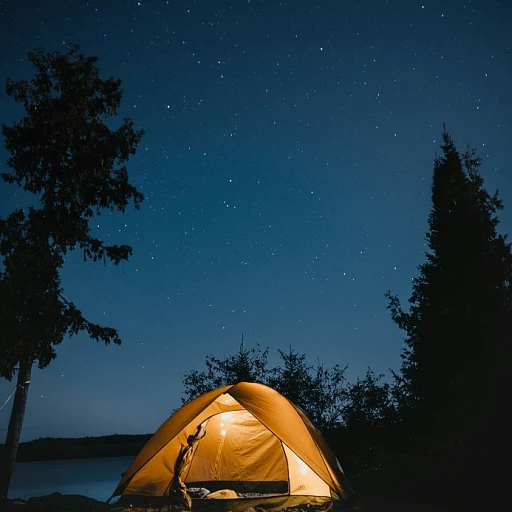Understanding Yellowstone's Ecosystem
The Heart of Yellowstone
Exploring Yellowstone is like stepping into a natural wonderland where North America's wild thrives. This national park is a melting pot of unique species, drawing enthusiasts from across the globe. The place where bison, elk, and grizzly bears roam freely. It's wild terrain, teeming with life, welcomes seasoned trekkers and first-timers alike. As one of the largest protected areas in the United States, Yellowstone is not just any location but a vital refuge for wildlife. While you can expect to spot common mammals such as moose, black bears, and the elusive wolf, each visit feels like a new adventure. Lamar Valley, often dubbed the Serengeti of America, is the best place to witness nature's drama unfold. Watching a grizzly bear amble through the valley is an experience that etches itself in your memory. h3>The Circle of Life Yellowstone's ecosystem is an intact web of life where flora and fauna rely on each other. This park is a living example of nature's cycle. From the majestic bison that grazes the expansive fields to the cutthroat trout swimming in the cool waters, every element plays a role. Encounters with the park’s wildlife offer exciting photo opportunities but remember to keep a safe distance. The park services reiterate that while observing animals is encouraged, maintaining their well-being is paramount. This ensures that Yellowstone's wildlife thrives for years wild ahead, offering the same awe-inspiring sights to future generations. For those planning a trip, considering the top 10 hikes in Alaska can offer additional insights into adventurous landscapes and diverse trails (see more here: Top 10 Hikes in Alaska). Unleash the explorer in you and cherish Yellowstone's wild calls. Its dusty trails and steaming hot springs beckon you to discover the stories of an untouched world. However, as we look forward to the next parts, it's essential to value safety while sharing this dazzling land with its dynamic, untamed inhabitants.Safety Precautions for Hikers and Trekkers
Staying Safe While Enjoying Yellowstone
Yellowstone National Park is a treasure trove of wildlife and natural wonders, but it also comes with its share of risks. As you explore, it's essential to keep safety at the forefront. The park is home to a range of animals, including bison, elk, and bears, and understanding how to coexist with these creatures is crucial.
Keeping a Safe Distance
When encountering wildlife, always maintain a safe distance. The National Park Service recommends staying at least 100 yards away from bears and wolves, and 25 yards from all other animals, such as bison and elk. This helps ensure both your safety and the well-being of the animals.
Bear Safety Tips
Yellowstone is home to both grizzly bears and black bears. To minimize the risk of a bear encounter, make noise as you hike, especially in areas with limited visibility. Carry bear spray and know how to use it. If you do encounter a bear, remain calm, back away slowly, and never run.
Weather and Terrain Considerations
The weather in Yellowstone can change rapidly, so be prepared for all conditions. Dress in layers and carry rain gear. The park's terrain can be challenging, with steep trails and rugged areas. Good hiking boots and a detailed map are must-haves for any trekker.
Hydration and Nutrition
Staying hydrated is key, especially at higher altitudes. Carry enough water and snacks to keep your energy levels up. The park's remote areas mean that supplies aren't always readily available, so plan accordingly.
Emergency Preparedness
Always let someone know your plans before heading out. In case of an emergency, having a charged cell phone and a basic first aid kit can be lifesavers. Remember, cell service can be spotty in the park, so don't rely solely on your phone for navigation or communication.
Exploring Yellowstone's wildlife is an unforgettable experience. By taking these safety precautions, you can ensure your adventure is both thrilling and safe.
The Majestic Mammals of Yellowstone
Encountering Yellowstone's Majestic Mammals
Yellowstone National Park is home to some of the most iconic mammals in North America. Imagine standing in Lamar Valley, often called the Serengeti of the United States, where you might spot bison, elk, and the elusive wolves roaming freely. These animals are not just part of the park's scenery; they are integral to the Yellowstone ecosystem.The Mighty Bison and Elk
Bison and elk are among the most common mammals you'll encounter in Yellowstone. The bison, often seen grazing in large herds, are the largest mammals in the park. These creatures have roamed the area for years wild, embodying the spirit of the American West. Elk, with their impressive antlers, are also a sight to behold, especially during the rutting season when their calls echo through the park.Wolves: The Apex Predators
Reintroduced in the mid-1990s, wolves play a critical role in maintaining the balance of the park's ecosystem. Observing a pack of wolves on the hunt is a thrilling experience, showcasing the raw power and intelligence of these apex predators. They primarily inhabit the northern areas of the park, where they can be seen tracking prey or resting in the shade.Grizzly and Black Bears
Yellowstone is one of the few places in the United States where you can see both grizzly bears and black bears in their natural habitat. Grizzly bears, with their distinctive hump and formidable presence, often roam the park's mountainous regions. Black bears, on the other hand, are more commonly found in forested areas. Spotting these majestic animals is a highlight for many visitors, but it's crucial to maintain a safe distance and respect their space.The Gentle Giants: Moose and Bighorn Sheep
Moose, with their towering stature and long legs, are often seen near water sources like rivers and hot springs. These gentle giants are a favorite among wildlife enthusiasts. Meanwhile, bighorn sheep are typically found in the rocky terrains of the park, showcasing their incredible climbing abilities.Respecting Yellowstone's Wildlife
While the opportunity to observe these mammals is exhilarating, it's important to remember that Yellowstone wildlife is wild and unpredictable. The park service provides guidelines to ensure both your safety and the protection of these animals. Always keep a safe distance, never feed wildlife, and be aware of your surroundings. This respect not only preserves the park's natural beauty but also ensures that future generations can enjoy the same experiences. For those who find the call of the wild irresistible, exploring Yellowstone's wildlife can be a life-changing adventure. And if you're looking to extend your outdoor escapades, consider experiencing the magic of camping in Utah here.Birdwatching in Yellowstone
Feathered Friends of Yellowstone
Yellowstone National Park is not just about the mighty bison, elk, and grizzly bears. It's also a paradise for birdwatchers. With over 300 bird species recorded, the park offers a symphony of chirps, songs, and calls that can captivate any nature enthusiast. From the iconic bald eagle soaring above to the tiny warblers flitting among the trees, there's always something to catch your eye and ear.
Best Spots for Birdwatching
For those keen on spotting these winged wonders, Lamar Valley is a top choice. Known for its wildlife, this area also hosts a variety of birds. Early mornings and late afternoons are prime times to see raptors like hawks and eagles in action. Hayden Valley is another hotspot, especially for waterfowl and wading birds. The park service recommends visiting during the spring and fall migrations for the best viewing opportunities.
Common Birds to Watch
Among the most sought-after sightings are the trumpeter swans, the largest native waterfowl in North America. Their graceful presence on the park's lakes and rivers is a sight to behold. The mountain bluebird, with its vibrant plumage, adds a splash of color to the park's meadows. And let's not forget the peregrine falcon, known for its incredible speed and agility, often seen hunting in the park's open areas.
Birdwatching Tips
- Bring binoculars for a closer look at distant birds.
- Carry a field guide to help identify different species.
- Dress in layers, as weather conditions can change rapidly.
- Be patient and move quietly to avoid startling the birds.
Remember, while enjoying the avian spectacle, it's essential to respect the park's wildlife. Keep a safe distance and never attempt to feed or approach the animals. This not only ensures your safety but also helps preserve the natural behavior and habitats of Yellowstone's incredible birdlife.
For more information on Yellowstone's diverse wildlife, including its majestic mammals and the role of insects, check out the other sections of this blog post.

